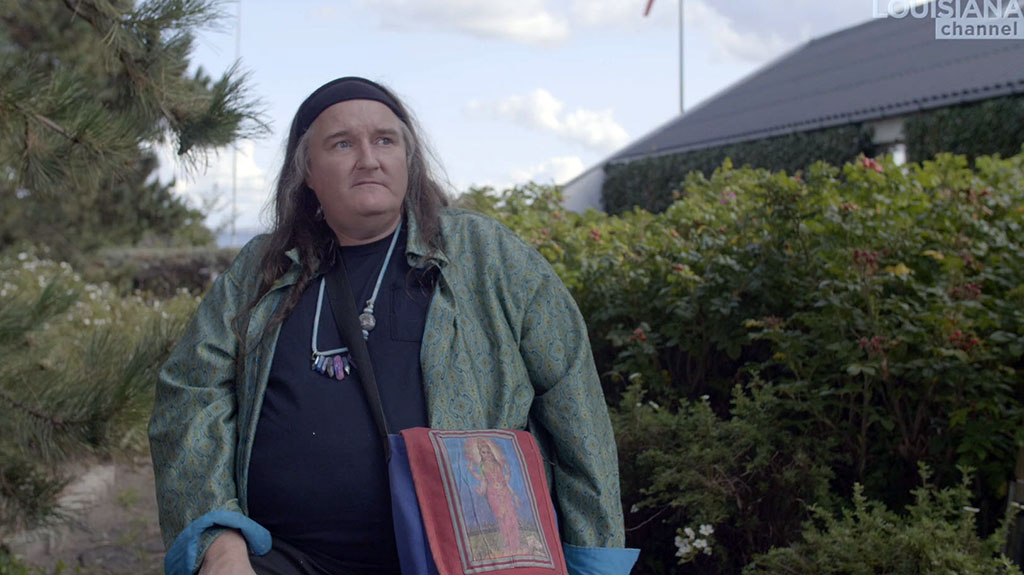PERFORMANCE:Poetry as Performance I
 “I believe the most effective use of art, or poetry – art of any kind – is to change somebody’s perspective. I want to create something that’s going to have somebody look at the world differently…” When CAConrad started out doing poetry readings in the 1980s, he trained his voice, learning how to use its range. Still, when he performs a poem for the first time, he makes little marks along the side of the lines “so that I know which direction my voice should move.” The poet then memorises “the fluctuation of the voice”, so that when he goes on a book tour, he has a range of poems, which have already been worked out vocally: “So that when I get in front of an audience, I can just perform for them.” He explains that he wants to feel the poems as he is presenting them: “I think it’s important to honour the poetry in that way.” Moreover, CAConrad shares how, with time, he has learned that people perceive poems the ways they want to, no matter how much you try to get something across: “That freed me up, it liberated me.” When he reads the poem, he continues, people will hear it the way he presents it, but when they read it themselves, they get their own, private experience.
“I believe the most effective use of art, or poetry – art of any kind – is to change somebody’s perspective. I want to create something that’s going to have somebody look at the world differently…” When CAConrad started out doing poetry readings in the 1980s, he trained his voice, learning how to use its range. Still, when he performs a poem for the first time, he makes little marks along the side of the lines “so that I know which direction my voice should move.” The poet then memorises “the fluctuation of the voice”, so that when he goes on a book tour, he has a range of poems, which have already been worked out vocally: “So that when I get in front of an audience, I can just perform for them.” He explains that he wants to feel the poems as he is presenting them: “I think it’s important to honour the poetry in that way.” Moreover, CAConrad shares how, with time, he has learned that people perceive poems the ways they want to, no matter how much you try to get something across: “That freed me up, it liberated me.” When he reads the poem, he continues, people will hear it the way he presents it, but when they read it themselves, they get their own, private experience.
CAConrad (b. 1966) is an American writer. His work includes ‘Deviant Propulsion’ (2006), ‘Advanced Elvis Course’ (2009), ‘The Book of Frank’ (2010), ‘A Beautiful Marsupial Afternoon: New (Soma)tics (2012) and ‘While Standing in Line for Death’ (2017). CAConrad has received fellowships from, e.g. Banff, Ucross, RADAR and the Pew Center for Arts & Heritage, as well as the Gil Ott Book Award. Apart from writing he also teaches his (Soma)tic Poetics method, which is “poetry that investigates the seemingly infinite space between body and spirit by using nearly any possible thing around or of the body to channel the body out and/or in toward spirit with deliberate and sustained concentration.”
CAConrad, Poetry as a Performance, Interview by Kasper Bech Dyg, Camera: Klaus Elmer, Produced and edited by Kasper Bech Dyg, © Louisiana Channel, Louisiana Museum of Modern Art, 2018, Supported by Nordea-fonden
